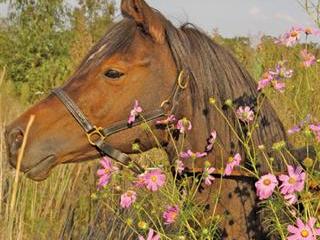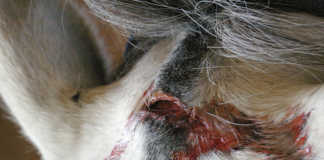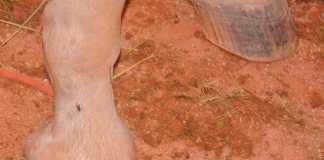
Horses are relatively selective grazers and tend to be good at ‘choosing’ plants that aren’t toxic. On the other hand, some of the most common plants found in gardens and around pastures can be deadly to horses. Exacerbating matters is the fact that many owners are unable to recognise which are harmful.
Needless to say, we don’t have the space to provide a comprehensive list of toxic plants and how to spot them, and this is simply an overview of the hazards involved. Many different parts of a plant can be poisonous, and some poisonous plants have multiple parts that can cause problems. At the same time, some plants are poisonous to horses only when fresh, while others are poisonous only after they’ve dried out. The fruit of some trees can also be toxic.
Species
The amount that must be eaten for the poison to start ‘working’ depends on the species of plant. With oleander, for example, only a few mouthfuls can kill a horse in minutes. Plants such as bracken fern, meanwhile, will slowly cause problems and a negative reaction might only occur after several months of munching.
Some plants don’t even have to be eaten to be toxic. Black walnut is one example. Using shavings from this tree in your stalls will cause laminitis in your horses. Generally, the following should be avoided: daisies, lilies, bulbs, evergreens, fruits, plants with berries, thorns and some fynbos plants.
If you suspect your horse has eaten a toxic plant, call your vet immediately. They will be able to tell you what to do for your horse until they get there. If the plant is located in or near a pasture other horses have access to, remove the horses from the pasture until the plant can be eradicated.
Prevention
When it comes to prevention, check your pastures, especially the borders along both sides of the fence, and make sure you can identify all the plants growing there. If any are poisonous, remove them. When grass for grazing is depleted, supplement with adequate hay. As noted, in most instances, horses won’t bother with poisonous plants, but when they get hungry and no (or poor) grass is available, they’ll start sampling other plants and get themselves in trouble.
Also, be extra vigilant if you have young or curious horses around, as these are more likely to sample unknown plants. And when in an unfamiliar area, don’t allow your horse to graze unless necessary – and ensure you can identify all the plants within its reach.
The right hay
Finally – know where your hay comes from! This is very important, as many plants are toxic when dried, and their favoured habitat is on the edge of pastures. It’s therefore very easy for these plants to get baled into hay. So make sure you buy your hay from a reputable seller, and that they know you’re feeding the hay to horses.
Contact Kim Dyson on 082 888 6511 or at [email protected]. Please state ‘Horse therapy’ in the subject line of your email.













